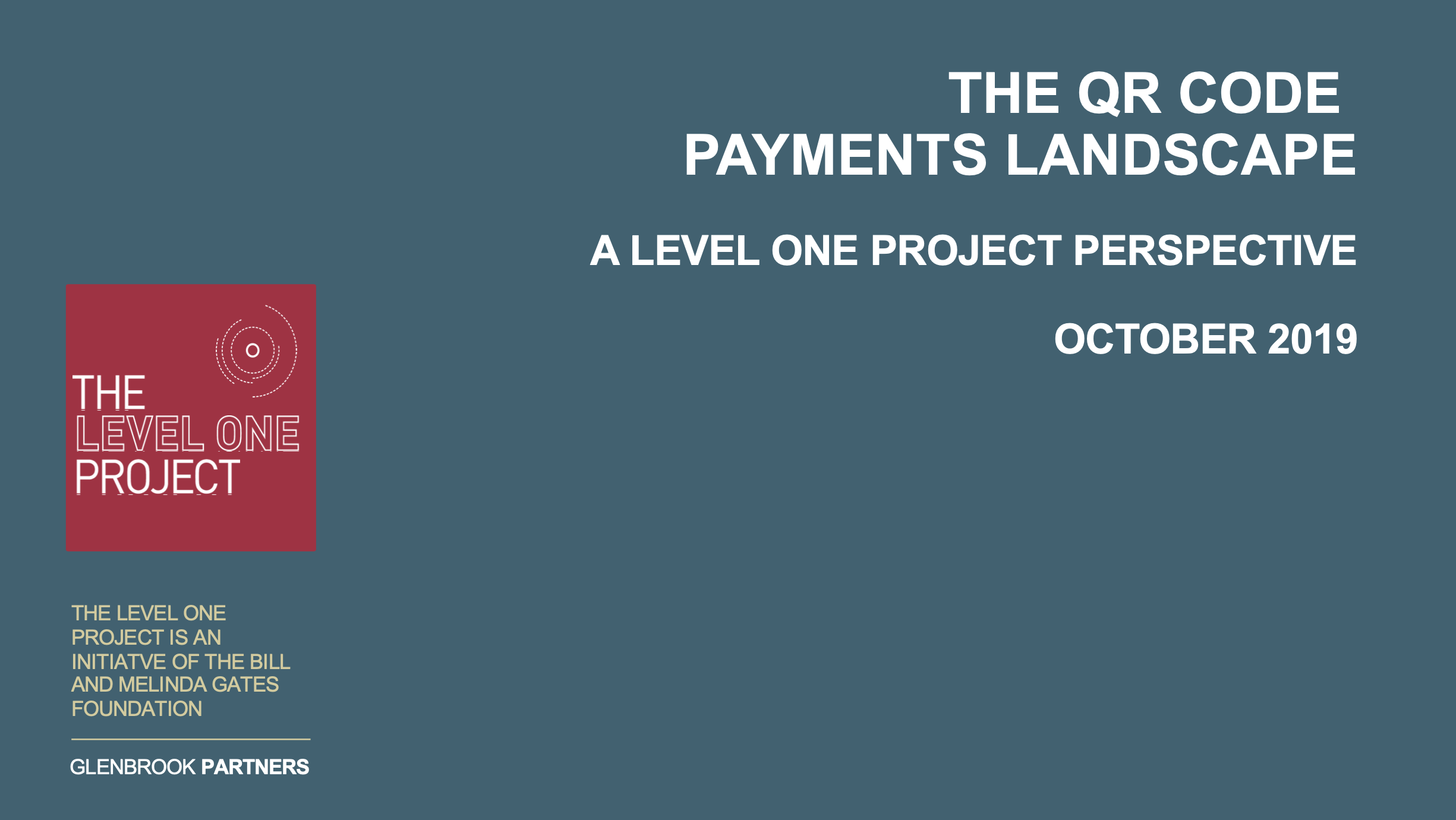A great deal has been written about interoperability, particularly for mobile money schemes in the developing world. Everyone seems to agree, in theory, that interoperability is a good thing, and serves end-users (customers) in their need to exchange transactions with counterparties.In most (if not all) countries, the major bank…
Read More
